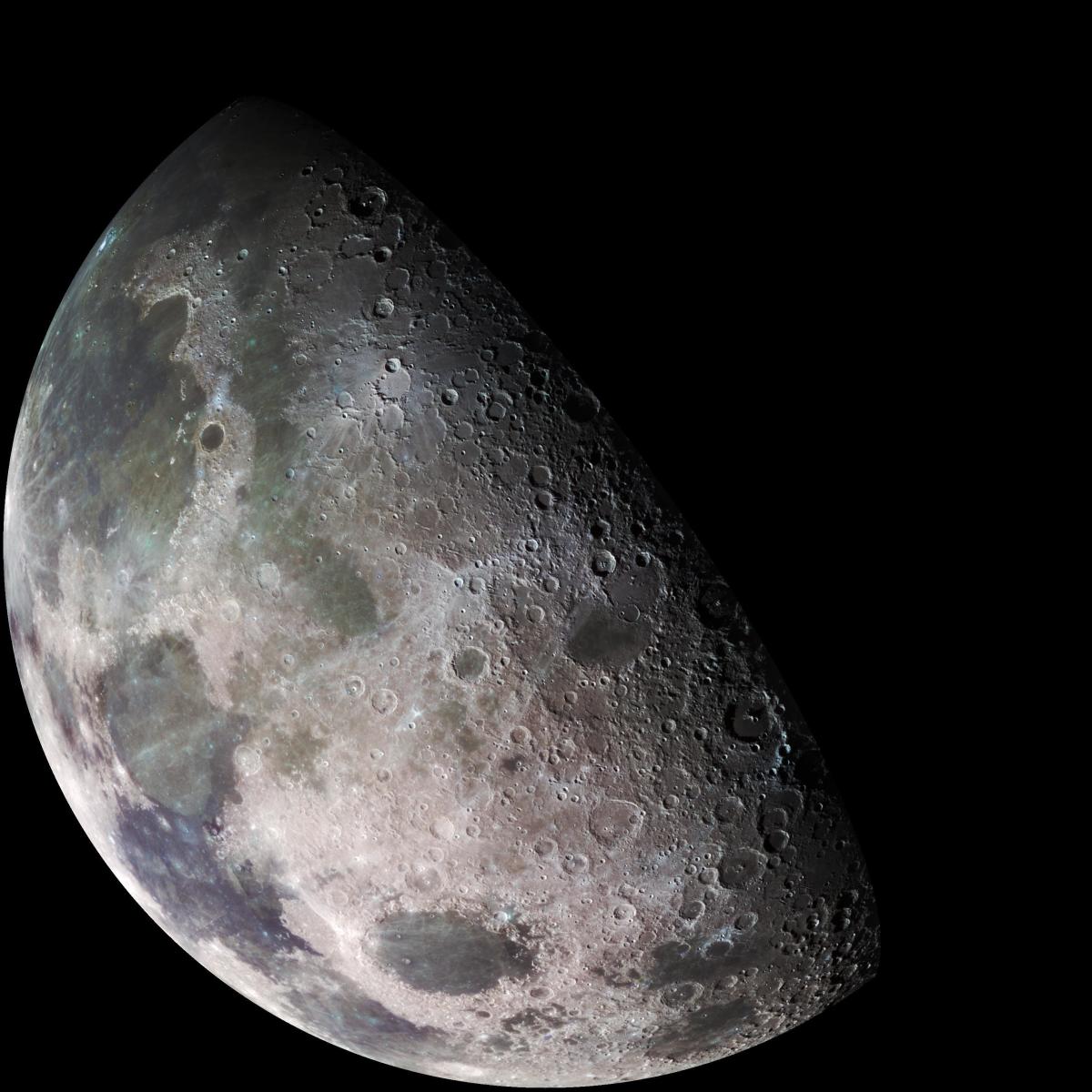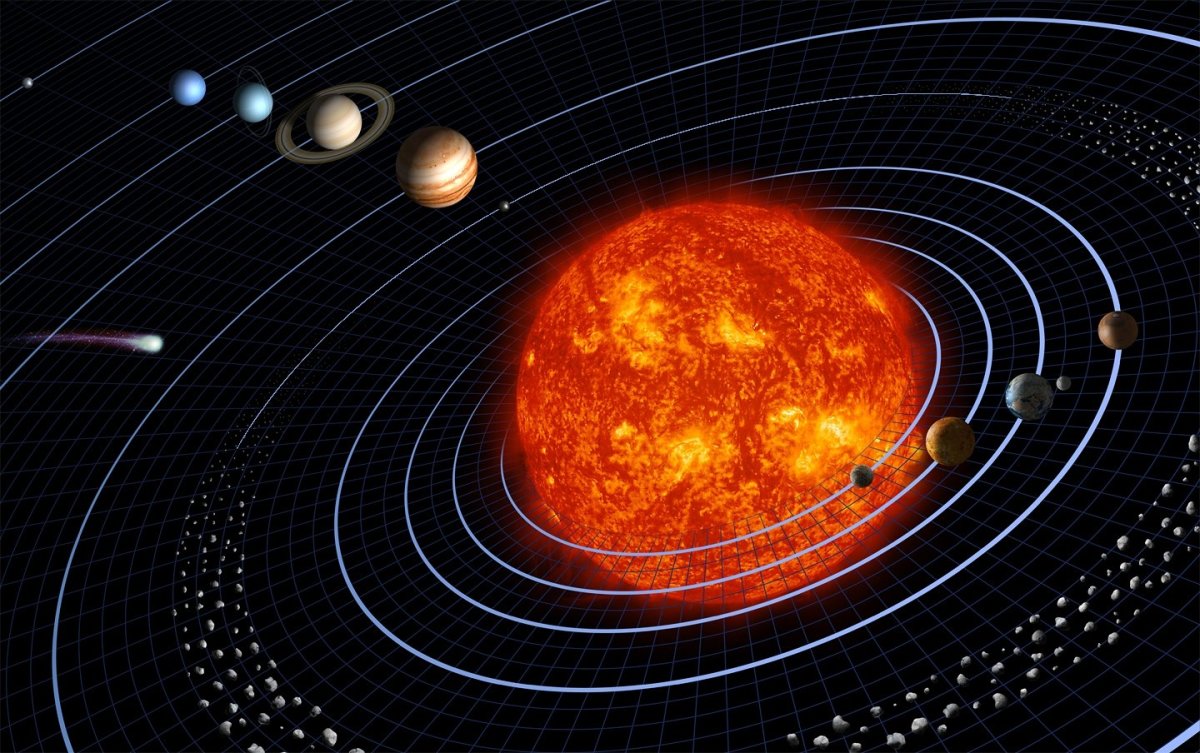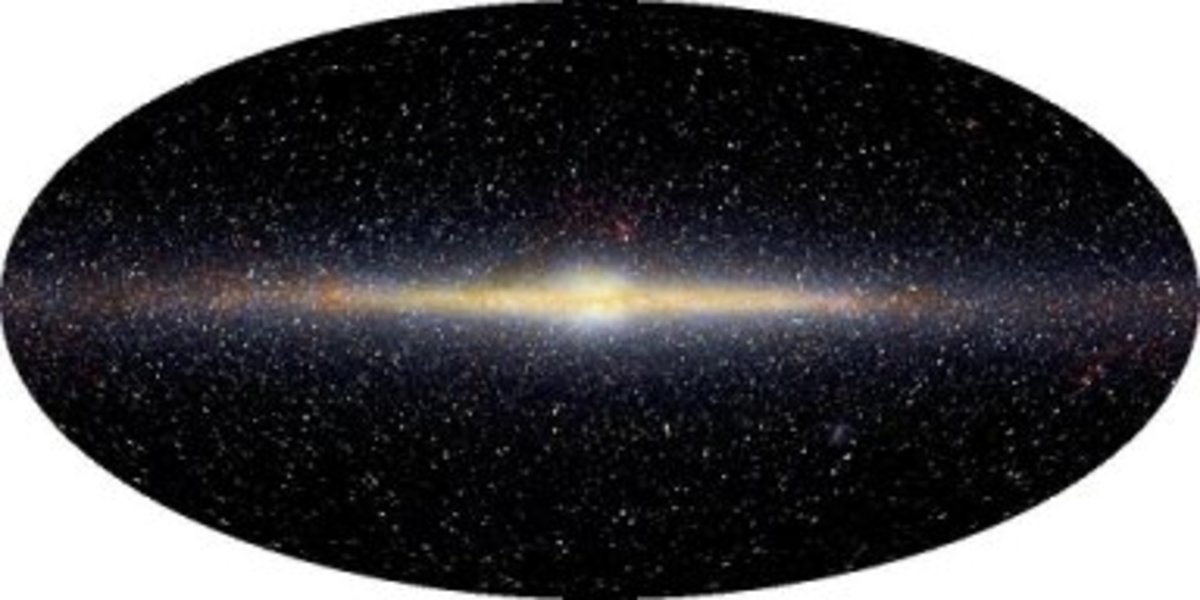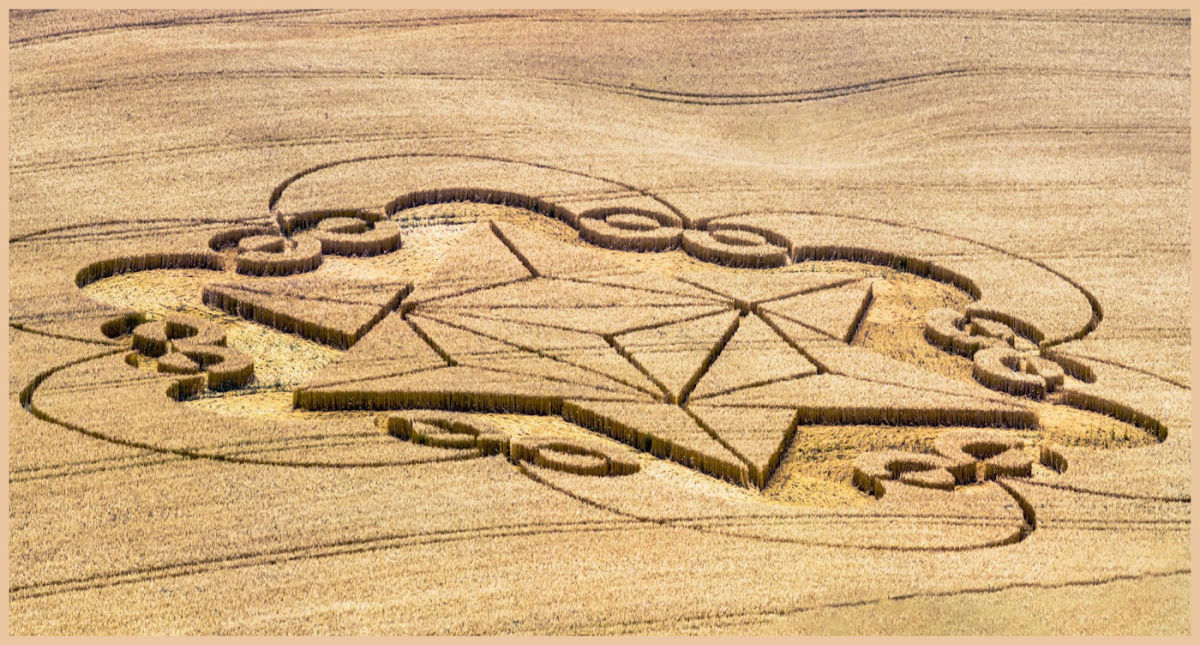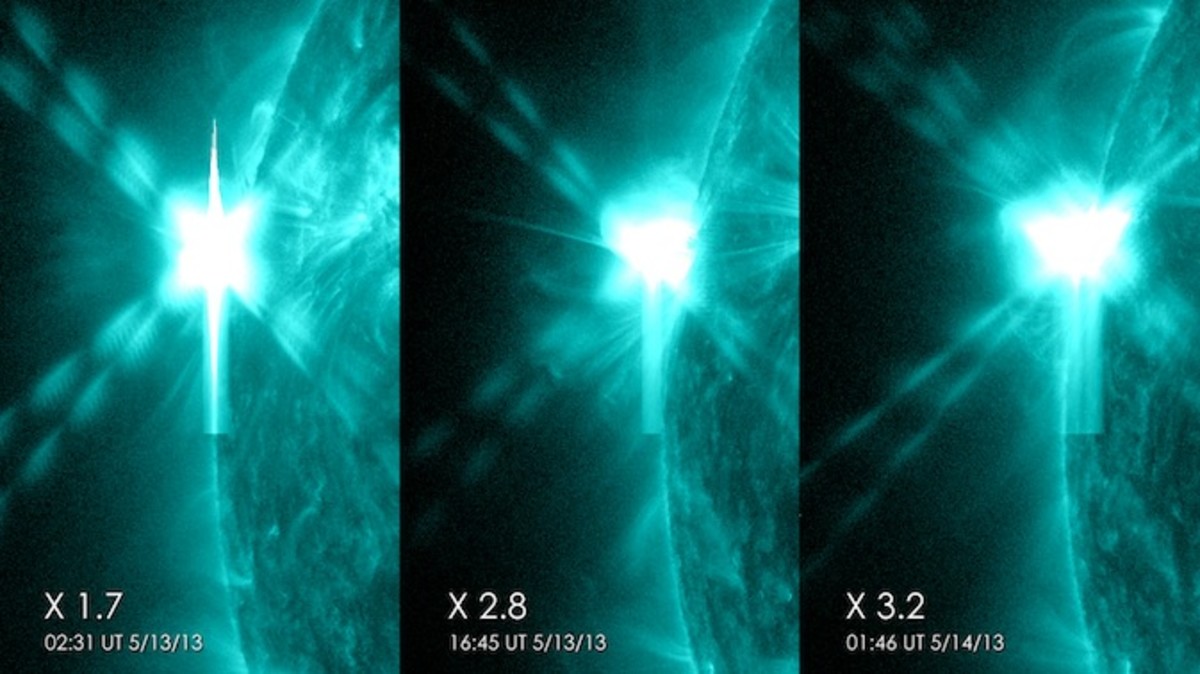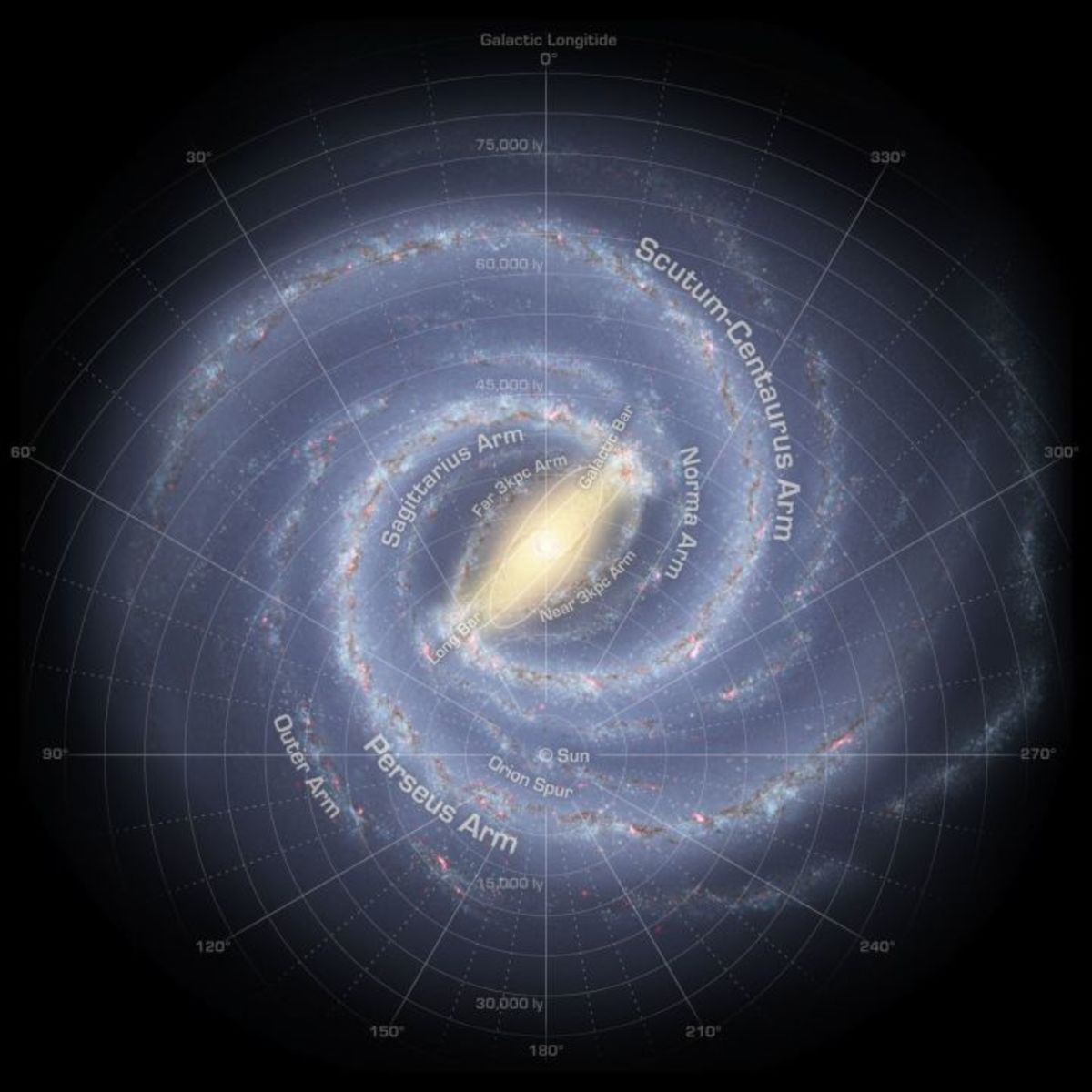Tidal Influences & Perturbation
Understanding the tides
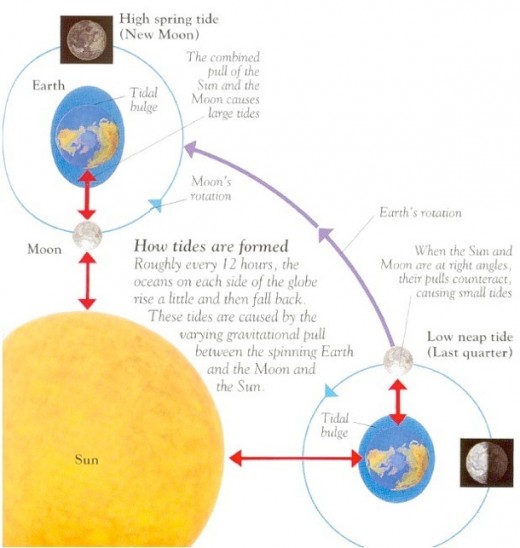
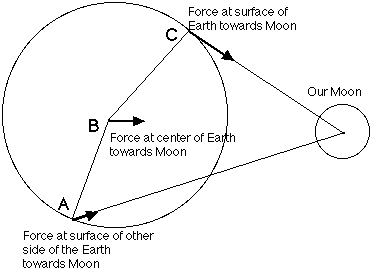
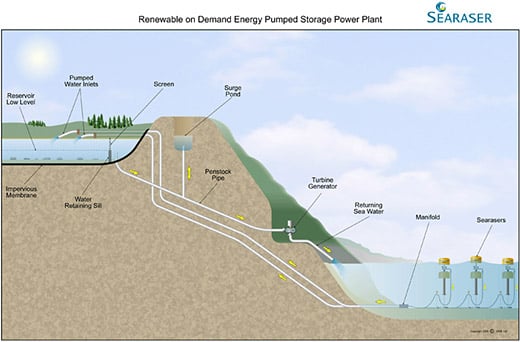
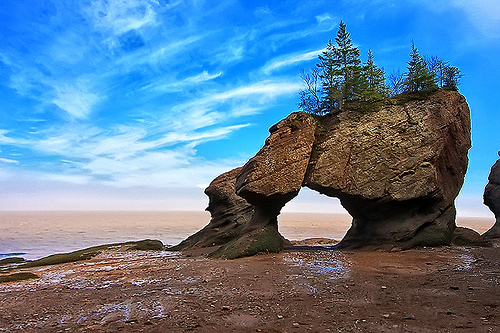
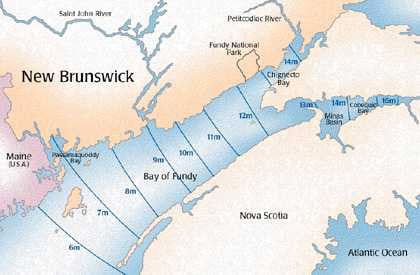
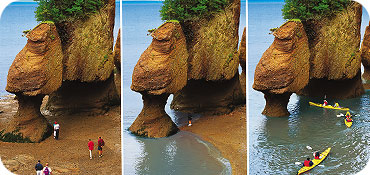
There are daily signs of the lunar influence on eartb
One of the most effective arguments for the astrological influence is expressed through the moon upon the oceans of the Earth. David Levy eloquently makes the point in his book, "Impact Jupiter," where he describes the resonant tidal phenomena of the Bay of Fundy in Nova Scotia where there are twice daily tidal variations of 50 feet or more. It is also known from other researches that there is a 25-hour circadian rhythm, which is strongly linked to the moon's relation to the Earth since the Earth rotates in relation to the orbiting moon. Astrologers know that the Earth has a precessional cycle of nearly 26,000 years, which is also driven by the moon acting on the Earth's tidal bulge. In addition, the Earth Moon duo rotate about a common barycenter located deep within, but not at the center of the Earth.
Nor are tides restricted to the oceans and large lakes. A tidal rise and fall of some 23 centimetres on the Earth's crust, has been measured at the equator. This rise and fall has been measured as ten cm at 50 degrees north and south latitude, demonstrating the variation in tidal flexing, even on the more rigid crust. But, the rigid crust floats on a more plastic and liquid interior. It is this that is stretched more readily by the moon, especially considering the fact that the barycenter of the Earth-Moon system is located right within a molten and liquid part of the Earth. This almost twice daily flexing can trigger some earthquakes, especially if other conditions are present. The Moon may also contribute to the Earth's dynamo effect and subsequently to the quality and structure of the geomagnetosphere.
The tidal effect can be seen at any coast location with few exceptions. In some areas, like the Minas channel at the entrance to the Bay of Fundy in Nova Scotia, the effect is quite pronounced. In other regions, the effect is minimal, virtually non-existent like in the Fiji Islands. The Moon acts differentially and complexly upon the Earth as the two move about the barycenter of the system. Regions just a couple of hundred kilometers apart can see high and low tide time differ by several hours. This is due to the complex shape of landmasses. Nevertheless, the average tide always follows the moon. In other words, the moon will be overhead and pass to the west before the tide peaks. Studies on landlocked tidal influence show that the same type of tidal influence would hold if that region behaved like a coastal one.
Many interested parties have studied the circadian rhythm, and all have found that animals and people isolated from all other influences drift to a 25-hour rhythm that is out of synch with the normal 24-hour daily solar cycle. Thus one's high and low points of the month probably have the moon as the cause. The moon is also known to create monthly cycles of activity variation known by paramedics and police forces. During new and full moons, activity by way of accidents and that of concern to the police increases above the average. The military tends to favour the new moon in making night attacks.
The precessional cycle of approximately 26,000 years is driven by the moon pulling on the Earth's tidal bulge. The orbit of the moon is inclined to the Earth's orbital plane by some five degrees. It is also inclined to the ecliptic. The three acting in a complex cycle, cause the Earth to wobble on its axis. The North Pole traces out a large sweeping circle where various stars like Vega, Polaris and Alpha Draconis each in turn become the pole star. Currently, the pole star is Polaris which is nearly exactly in line with Earth's rotational axis in the early 21st century AD.
The barycenter of the Earth-Moon system is located deep within the Earth, about 1,000 miles under the surface. The barycenter varies in depth due to the high eccentricity of the moon's orbit. Since the Earth is a dynamic and evolving body, the moon also influences the plastic condition of the Earth, contributing to keep it hot and liquid. The moon may also contribute to the movement of Earth's tectonic plates.
The Sun also figures in such a manner gravitationally upon the Earth. But the sun also has other far more important influences, the chief of which is that the light and heat from the sun drive all weather and most life processes on the Earth. The sun also has a strong electromagnetic influence upon the Earth and life.
So, if someone says there is no such thing as an astrological influence, they had better take a closer look at the Sun and Moon influences upon the Earth. As part of the earth's surface, we humans cannot avoid the influences that affect our planet.

